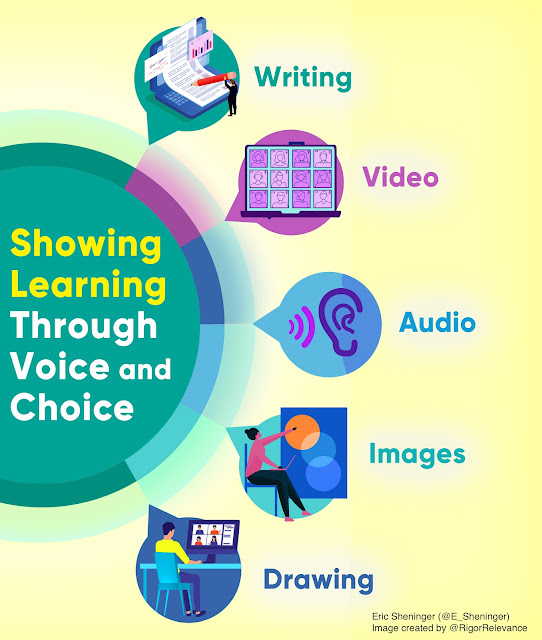I see student voice as the gateway to personalization. Educators can easily implement it as part of Tier 1 instruction and for students to report out during cooperative learning, projects, and choice activities. It can also allow students to advocate for needed changes to school culture. You would be hard-pressed to find a more valuable strategy that is universal in nature across virtually all pedagogical techniques. The reason for this statement is straightforward. For learning to occur, students both NEED and WANT to be involved. If the goal is to have kids engaged and to set the stage for empowerment, it is critical to utilize strategies that amplify student voice.
In this episode for #EDvice I dive into the concept a little deeper to unpack its significance while also providing some K-12 examples.
I shared the following in Disruptive Thinking in Our Classrooms:
In the classroom, it can be facilitated by posing questions or problems to solve and then allowing students to use digital tools to respond through text, video, audio, drawings, images, and gifs. Having every student respond on an individual whiteboard and then holding their board up for the teacher to see is a non-tech example. In many cases, voice can be amplified through the cover of anonymity, which is critical for introverts and shy students. They can also be provided with opportunities to share opinions on classroom design, assessments, and feedback. Student voice includes any act that empowers a student or students to make their voices heard when shaping their learning experiences. The main takeaway here is that everyone is involved in the classroom and feels more of a part of the experience.
As you look to further integrate or begin to develop strategies that amplify student voice you can refer to the images below.


No comments:
Post a Comment